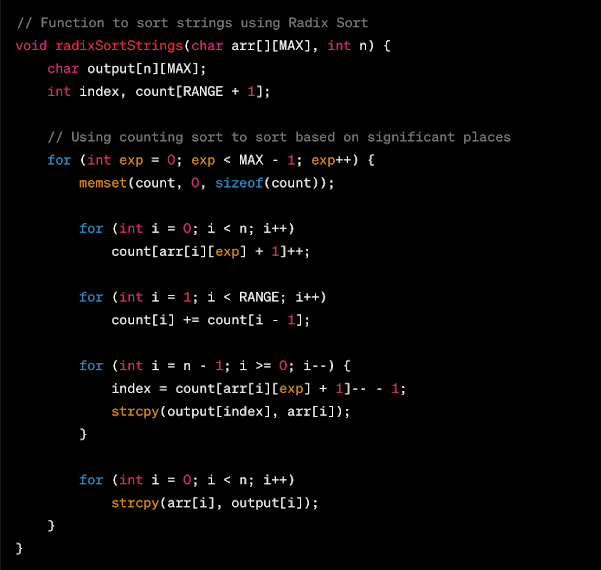Diving into the world of data structures, Circular Linked Lists are like the twist in a gripping novel. Found predominantly in computer science, these lists have a charm that attracts coders from every corner. So, why is the Circular Linked List in C such a hot topic? Let’s unwrap this enigma.
The Basics of Linked Lists
Understanding the core of Circular Linked Lists starts with getting a grip on linked lists themselves.
What is a Linked List?
Imagine a chain of blocks, where each block holds data and points to the next one. That’s your linked list!
Types of Linked Lists
- Singly Linked List: Here, each node points to the next node;
- Doubly Linked List: Each node holds pointers to both the next and the previous nodes;
- Circular Linked List: Our main character! Here, the last node points back to the first.
Defining a Circular Linked List
It’s like a treasure hunt, where after collecting all the treasures, you’re back to where you began. The last node in a Circular Linked List doesn’t point to NULL. Instead, it takes a U-turn!
Unique Properties
- No beginning, no end! The list can be traversed from any point;
- Better utilization of resources, especially when working with cyclic data structures.
Visualizing with an Analogy
Think of a Circular Linked List as a circular train track. Trains (or data) can keep moving around endlessly!
Implementing Circular Linked Lists in C
Ah, the crux of our guide! How do we code this beauty in C?
Defining the Node Structure

Creating a New Node

Operations on a Circular Linked List
- Insertion
Adding data, be it at the beginning, end, or somewhere in the middle, it’s simpler than you think!; - Deletion
Removing a node? Piece of cake! Just be careful with those pointers; - Traversal
Take a trip around your Circular Linked List. Remember, you decide where it starts and stops!; - Searching
Looking for that elusive data point? We’ll guide you through the alleys of your list!
Comparing Circular and Simple Linked Lists
| Feature | Circular Linked List | Simple Linked List |
|---|---|---|
| End Pointer | Points to Start | Points to NULL |
| Traversal | From any point | From the start only |
| Memory Utilization | Efficient for cyclic data | Standard use |
Common Pitfalls and Best Practices
Let’s face it, while Circular Linked Lists are cool, they’re not without their quirks. Here are some common mistakes to avoid and best practices to adopt!
Real-world Applications of Circular Linked Lists
Did you know that Circular Linked Lists are everywhere? From operating systems to digital media players, the applications are vast and varied.
Radix Sort of Strings in C: An Insightful Dive
Radix Sort is one of those unique sorting algorithms that’s a must-know for every C aficionado. While it’s generally linked with numbers, its prowess isn’t limited to integers. Sorting strings? Radix Sort can do that too!
How Does Radix Sort Work with Strings?
Just like counting the place values in numbers, we can treat strings as a sequence of characters, considering one character at a time. Imagine sorting words in a dictionary. First, you’d focus on the first letter of each word, then the second, and so on.
The Process Decoded
- Finding the Maximum Length: Find the string with the maximum length to determine how many passes the sorting algorithm needs;
- Counting Sort for Characters: Utilize counting sort (a stable sort) for individual characters of the string;
- Iterate Through Each Position: Start from the rightmost character (least significant) and proceed left.
Implementation Snippet in C

Why Choose Radix Sort for Strings?
Radix Sort can be incredibly efficient for sorting strings, especially when the length of the strings is limited. This algorithm excels in scenarios where the range of individual characters (or digits) is not significantly larger than the number of words (or numbers) to be sorted.

Conclusion
Circular Linked Lists in C are more than just another data structure. They’re an art, a science, and a testament to the beauty of coding. As you venture into the depths of C programming, let this guide be your beacon. Happy coding!
FAQs
The ability to traverse from any point, making it efficient for cyclic structures.
Absolutely! Watch those pointers and always free up unused memory.
Yes! It’s called a Doubly Circular Linked List.
Techniques like Floyd’s Cycle-Finding Algorithm can be employed.
Yes, especially in applications requiring cyclic data structures.